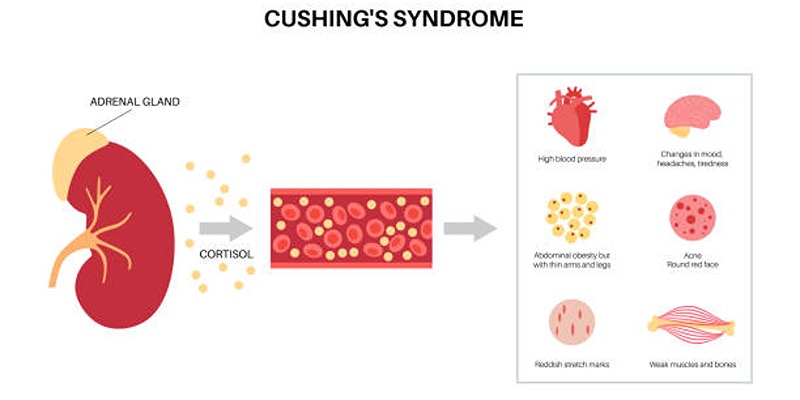Naps Explained: Finding the Right Balance for Energy and Health
Advertisement
Taking naps can be a great way to refresh your mind and body, but finding the right balance is important. A nap that’s too long might leave you feeling groggy, while a short one can boost energy and focus. Everyone’s needs are different, and understanding what works for you can improve your daily life. Napping isn’t just for kids; it’s a healthy habit for adults too when done right. This guide will help you understand naps and how to make them work for your health and energy.
The Science Behind Napping

Naps are a natural part of our sleep cycle. Our body needs rest and recovery, and napping can provide the perfect solution. When we fall into deep sleep, our brain is less active than in REM (rapid eye movement) sleep, allowing it to recharge and repair itself. This type of deep sleep typically occurs during longer naps, while shorter ones help boost energy levels without entering this deeper stage of sleep. Napping has been shown to improve mood, alertness, and even cognitive function in some cases.
Benefits of Napping
- Improved Mood: Napping can help reduce feelings of stress and improve overall mood. A short rest can leave you feeling more refreshed and better equipped to handle the challenges of the day.
- Enhanced Cognitive Function: Studies suggest that napping can boost memory retention, creativity, and problem-solving skills. It allows your brain to process information more effectively.
- Better Alertness and Performance: A quick nap can significantly enhance alertness and increase productivity, especially during the midday energy slump.
- Supports Physical Health: By reducing fatigue, naps can help lower stress hormones that impact heart health and immune function, contributing to overall physical well-being.
- Improved Learning: Naps are particularly beneficial for students or those learning new skills, as they reinforce memory consolidation and strengthen learning pathways.
- Aid in Sleep Debt Recovery: If you've had a poor night's sleep, a nap can compensate by helping your body and mind recover some of the lost rest.
When and How to Nap
The timing and duration of your nap play a crucial role in reaping its benefits. Ideally, the best time to nap is during the early afternoon, usually between 1 p.m. and 3 p.m., when energy levels naturally dip due to the body’s internal clock. This timing helps you avoid interference with nighttime sleep.
For duration, a 10-20 minute power nap is often recommended to quickly boost energy and alertness without causing grogginess. If you need a deeper reset, a longer nap of 60-90 minutes allows time to enter slow-wave and REM sleep, which can enhance creativity and problem-solving skills. However, longer naps can sometimes lead to sleep inertia, a groggy feeling upon waking, so it’s important to experiment and find what works best for you.
Knowing When to Stop Napping
While naps can be beneficial, it’s essential to recognize when too much of a good thing becomes counterproductive. If you find yourself relying on naps every day or having difficulty falling asleep at night due to daytime napping, it may be time to reassess your nap routine. Additionally, if you consistently feel groggy after waking from a nap or experience disrupted nighttime sleep from napping, you may need to adjust the timing and duration of your naps.
Types of Naps
There are different types of naps depending on the duration and purpose. Each type suits different needs, so it’s essential to understand which one works best for you. Here are some common types of naps:
- Power Nap: This is a short 15-20 minute nap that focuses on improving alertness and boosting energy levels without entering deep sleep. It’s an excellent choice for a quick refresher during the day.
- Recovery Nap: Also known as a catnap, this type of nap is slightly longer than a power nap and lasts around 30 minutes. It helps restore energy levels and improve mood.
- Full Sleep Cycle Nap: A full sleep cycle typically lasts 90 minutes. This type of nap allows you to enter deep sleep and reap all its benefits, including reduced stress and improved cognitive function.
Tips for a Successful Nap

- Stick to a Schedule: Consistency is key when it comes to napping. Find a time that works best for you and stick to it to establish a regular nap routine.
- Create the Right Environment: A quiet, dark, and cool room can help promote relaxation and sleepiness. Consider using an eye mask and earplugs if necessary.
- Avoid Stimulants Before Napping: Consuming caffeine before taking a nap can interfere with your ability to fall asleep or achieve deep sleep.
- Limit Your Nap Duration: As mentioned earlier, finding the right duration for your nap is crucial. Experiment with different lengths until you find what works best for you.
- Set an Alarm: Setting an alarm can help ensure you don’t oversleep and wake up feeling groggy.
How to Make Napping a Healthy Habit
- Don’t Rely on Naps as a Substitute for Sleep: While naps can help compensate for sleep debt, they should not replace a good night’s sleep. Make sure to prioritize getting enough rest during the night.
- Listen to Your Body: Everyone’s nap needs and preferences are different. Pay attention to how you feel after napping and adjust accordingly.
- Try Relaxation Techniques Before Napping: Taking deep breaths or practicing mindfulness before napping can help promote relaxation and enhance the quality of your nap.
Conclusion
Napping is a natural way to boost energy levels, improve mood, and support overall health. By understanding the benefits, different types, and tips for a successful nap, you can make napping a healthy and beneficial habit in your daily routine. However, it’s essential to listen to your body and use naps as a supplement to proper nighttime sleep. With the right approach, napping can be an effective tool for enhancing productivity and well-being. So go ahead, take that power nap, and reap all its benefits!
Advertisement












